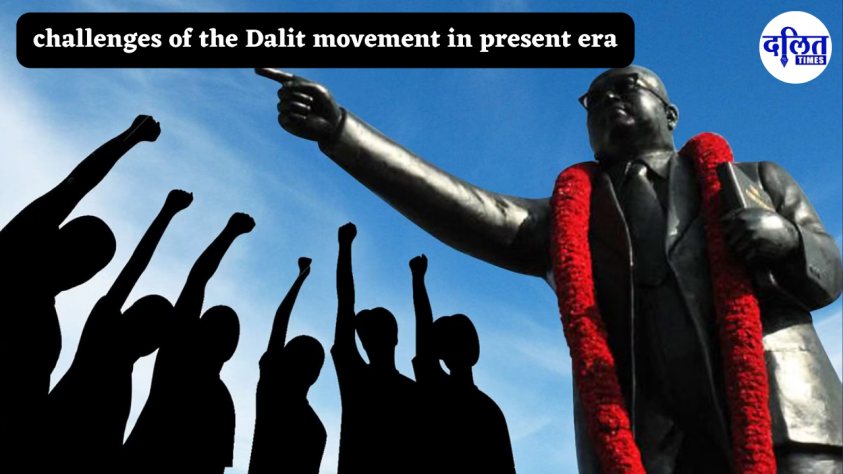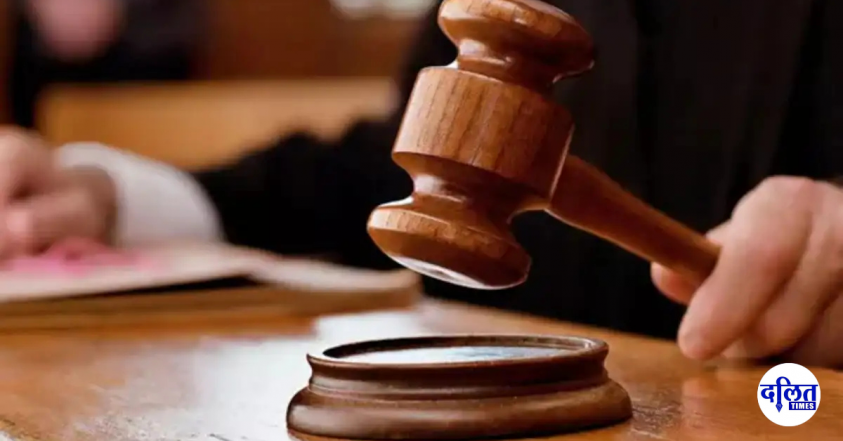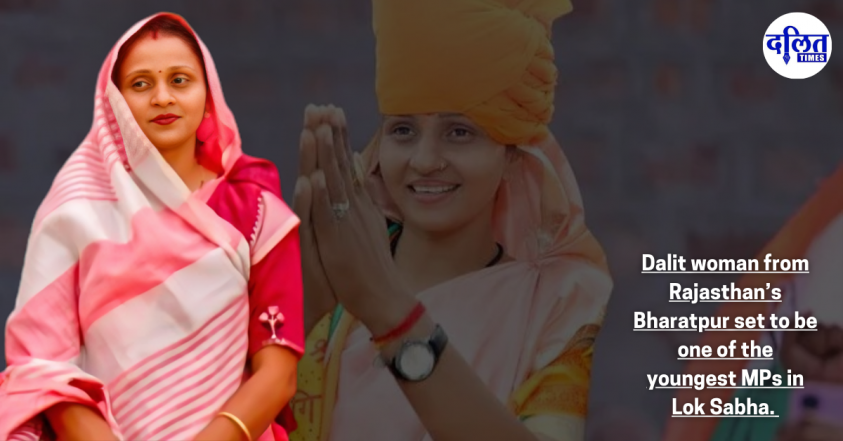The Dalit movement in India has several key problems in the current day as it advocates for Dalits’ rights, equality, and social justice.
also read Ambedkarite Buddhist Women and their everyday life in India: A study across changing time
Among the major challenges are:
also read Savitribai Phule’s Contribution towards Gender Equality
1 Persistent prejudice: Despite legal safeguards and affirmative action measures, Dalits continue to experience prejudice and violence across India. Many groups still have deeply rooted social preconceptions and biases towards Dalits, making it difficult to abolish caste-based discrimination.
2. Atrocities and Violence: Dalits are frequently victims of violence and atrocities committed by ruling caste groups. Incidents of physical violence, sexual assault, and other forms of abuse are included. It is a tremendous problem to ensure the safety and security of Dalits.
also read IIT-Delhi Dalit Student Anil kumar Suicide Sparks Outrage
3. Land Ownership: Landlessness is a serious problem among Dalits. Many Dalit households do not have access to land, which has an impact on their economic stability and social standing. Land reform and land redistribution to landless Dalits continue to be sensitive subjects.
4. school: While reservation rules have increased Dalit access to school, there are still issues with quality education, dropout rates, and discrimination inside educational institutions. It is a constant issue to provide equal and high-quality educational opportunities for Dalit children.
also read Former VHP Leader Arrested For Derogatory Remarks About BR Ambedkar
5. Employment Opportunities: Dalits frequently encounter employment discrimination in both the governmental and commercial sectors. Reservation policies in government occupations must be implemented effectively, and employment prospects in the private sector must be promoted.
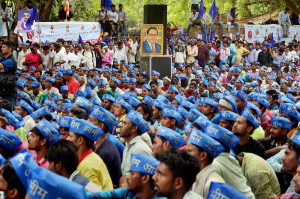
6. Political Representation: While there has been significant progress in terms of Dalit political representation, more Dalit political participation and representation at all levels of government is still required.
also read Meira Kumar: The First Dalit Woman Speaker of Lok Sabha
7. Intersectional Issues: Dalit women and other disenfranchised Dalit populations (such as Dalit Christians and Dalit Muslims) suffer particular obstacles. Intersectional discrimination, which occurs when many forms of prejudice overlap, can make addressing their individual needs even more difficult.
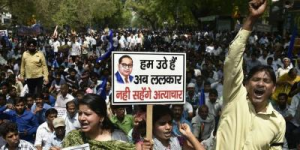
8.Legal Obstacles: Effective implementation and enforcement of Dalit-protection laws and policies, such as the Scheduled Castes and Scheduled Tribes (Prevention of Atrocities) Act, remain a challenge. These laws have been diluted and abused in the past.
also read The Enduring Legacy: Dr. Ambedkar’s Letter to Pandit Nehru and the Spread of Buddhism
9. Media and Awareness: Raising awareness of Dalit issues, as well as combating stereotypes and biases in media depiction, is a constant challenge. It is critical to ensure that Dalit voices are heard and represented in mainstream media.
10. Solidarity and Coalition Building: Building alliances and solidarity across various oppressed groups and communities is critical for solving greater concerns of social justice and inequality in India.
also read POONA PACT : THE ILLUSION OF INCLUSION
Despite these obstacles, the Dalit movement continues to advocate for social justice and equality. To address systemic difficulties associated to caste-based discrimination and inequality, a holistic approach encompassing legal, social, political, and cultural changes is required.
